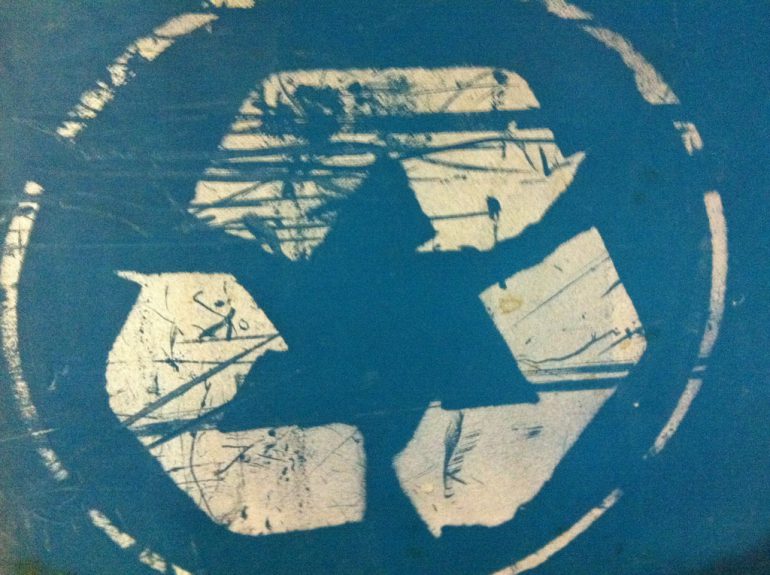 At the recent Sydney Teaching Colloquium, three of our outstanding teachers shared how to design and implement assessments with student-generated resources that can be used for teaching or research.
At the recent Sydney Teaching Colloquium, three of our outstanding teachers shared how to design and implement assessments with student-generated resources that can be used for teaching or research.
Designing assessments which are authentic and valued by students is hard work. Similarly, developing resources which are engaging and student-centred takes time. At a recent Sydney Teaching Colloquium session during the University’s inaugural Innovation Week, colleagues heard how to make their assessments pass the test.
One of the keys to success, according to speakers Dr Alice Williamson, Dr Dale Hancock and Dr Joseph Lizier, is that students value renewable and authentic assessments because they produce something meaningful, real and useful.
“If students know that others will build on their research outcomes or use the resources that they have created, then they care more about the work that they produce. I think that this would be the case in any discipline,” said the Faculty of Science’s Dr Alice Williamson, who was recently recognised with a Vice-Chancellor’s Award for Outstanding Early Career Teaching.
Dr Dale Hancock from the School of Life and Environmental Sciences spoke about the implementation and results of her highly successful 2015 Educational Innovation Grant project, which aimed to engage struggling students by getting them to write the exam.
“We were trying to come up with an initiative that was going to help all the students, not just the ‘top end’,” she said.
Dale’s students have been writing, sharing and evaluating multiple-choice questions in a first-year microbiology and genetics unit through the PeerWise system. These questions become invaluable formative assessment resources as well as potential items in the final exam. The activity of writing and critiquing questions also helped students get to grips with the material during semester.
“The big thing I have learnt from my experience is that implementing something one year is really only the start. The process and what you achieve from the initiative will evolve and ‘mature’ over time – it’s a living and breathing beast. Certainly, reflecting back on the experience of implementation the second time around, I can see the initiative is achieving different outcomes.”

The School of Civil Engineering’s Dr Joseph Lizier spoke about a project that encourages preparation for lectures by asking students to generate pre-lecture videos based on the pre-readings. In a recent Teaching@Sydney blog post, he explained that the suite of videos provided a quick mechanism to minimally get across all of the readings, and to invite students to engage further.
“For me the main learning is: context is everything,” he said at the colloquium. “I thought hard about which learning outcomes and teaching and learning issues I wanted this activity or assessment to address, and designed this student-generated video task specifically for those.”
While Joseph believes the initiative was successful in his case, it might not necessarily work elsewhere.
“If you do try something similar, I would say first to have trust in your students and the process – they are tech-savvy enough to pull it off, and quite capable of producing some amazing products!” he said.
“It’s important to have a good detailed rubric and ‘spec’ document, so they know, for example, how/where to upload, how to make appropriate privacy settings, and so on. Also important is being clear about the expectations that you have from them.”
Alice, Dale and Joseph gave the following advice to colleagues about how to design assessments that are not only renewable, but also valued by students.
- Reflect on the key learning outcomes. Think specifically about which of these provide opportunities for the students to explore in more depth in a self-directed fashion. A key design element is giving them freedom and choice on where to take their work, so that they’re spending time on something that they identify as meaningful and personally rewarding.
- Make it authentic. Authenticity really helps students value an assessment. Read Graham Hendry’s great article on how to design authentic assessments, which are based on real-world professional scenarios and/or discipline practices.
- Add a creative aspect. This is important for getting their buy-in, and consequently deeper learning outcomes.
- Be prepared to be surprised. Your resource may be renewable in ways you didn’t expect. Your students may be more insightful than you realised.
- Take a risk and keep improving. Renewable assessments can be a challenge to develop and then redevelop to ensure that they they are really renewable. Rely on feedback from students and peers to improve each iteration of an assessment.
- Thread the final products into class activities. This helps share the learning experience and allows them to show off what they’ve achieved.
This post originally appeared on the University of Sydney intranet and Staff News.





